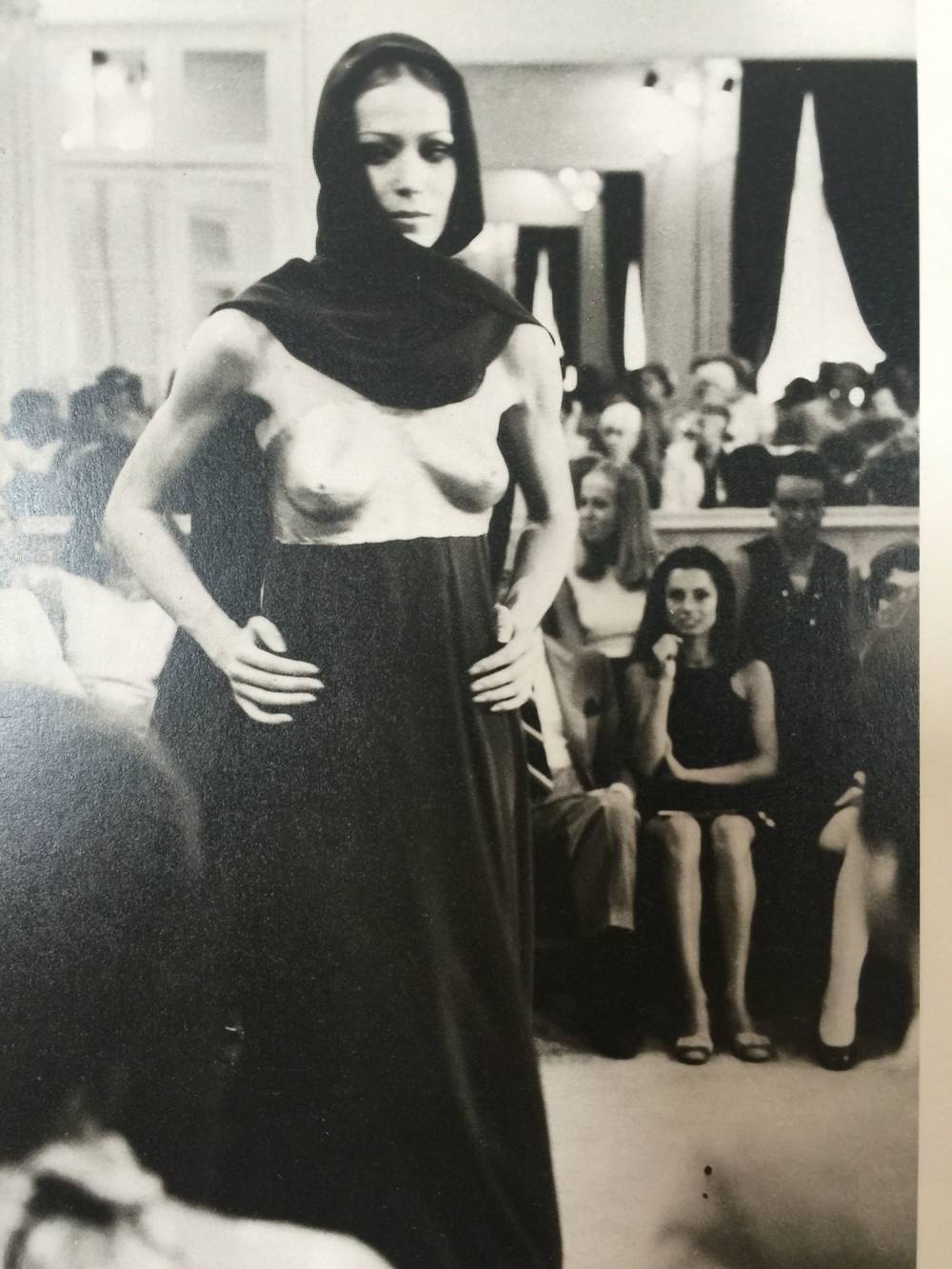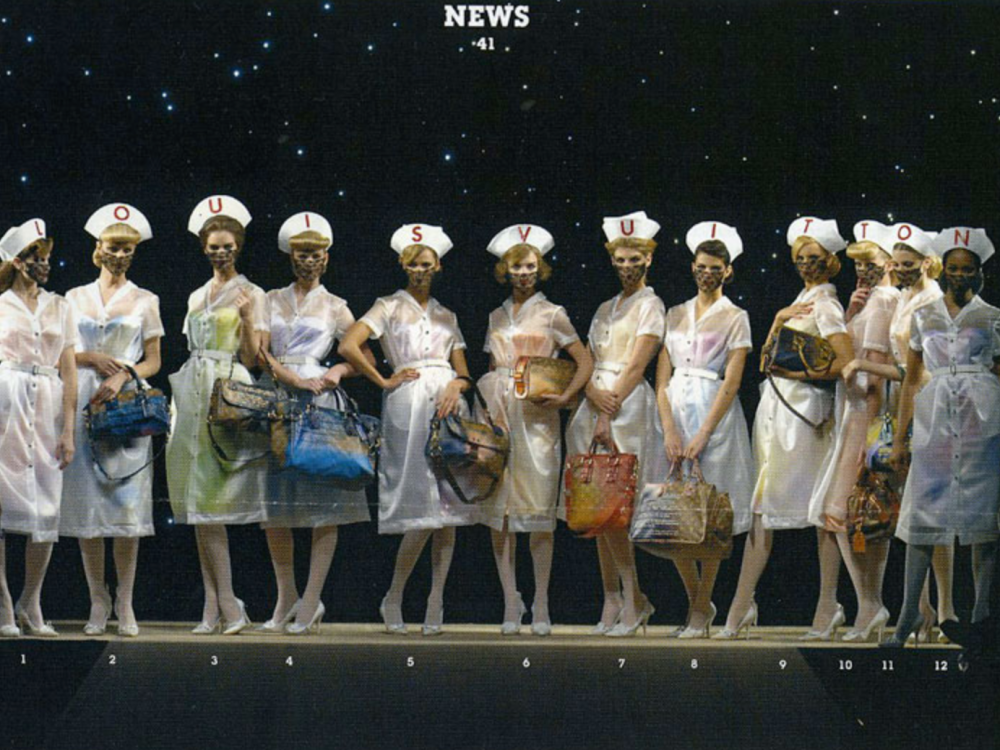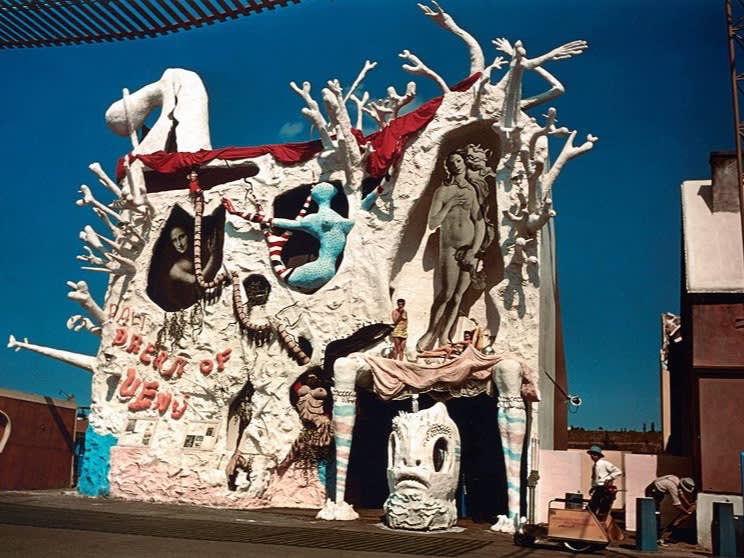The late Alexander McQueen was not known for taking a straightforward approach to fashion, yet the designer’s Spring/Summer 2005 collection saw an accessible interpretation of everyday dressing contrasted with remastered examples of McQueen’s most sought after garments.
Act one of the show brought about a series of light, feminine looks. McQueen tied together Edwardian references, schoolgirl elements, and touches of nautical allusions through delicate frills, sheer dresses, knee grazing shorts, sailor suits and smart trousers. The collection’s second chapter was an abrupt shift to McQueen’s characteristically extravagant designs and employment of couture techniques. Molded corsets were featured prominently, marking another type of femininity focused on the female anatomy, and Hemlines were finished with horsehair, reminiscent of the designer’s fall/winter 2000 “Eshu” collection. References to archetypal American sportswear were touched on through the collection’s ornate football helmets, shoulder pads and thigh-high riding boots, while odes to the far east were seen in garment’s delicate kimono detailing and looks bearing classic Japanese imagery.
As for the collection’s ‘chess board’ set design, the designer sought inspiration from the chess match played J. K. Rowling’s breakthrough 1997 novel, ‘Harry Potter and the Philosopher’s Stone’. By the end of the runway show, each model found themselves as pawns in the midst of a live chess game. Mechanical, robot-like voiceovers gave unfeeling directions to the ‘players’ as they moved about the board while the game was centered around two queens, played impeccably by models Gemma Ward and Hana Soukupouva. The idea for the chess game stemmed from the designer’s interest in capturing different types of women from divergent cultures, women who were then treated as game pieces, forced to face opposing characters.
The diverse cultural influences infused throughout the show pay testament to the designer’s progressive ways, something that fashion struggle’s to find in the industry today. Spring/Summer 2005 wove together a masterpiece of the house’s greatest hits, revisited and rethought in a manner only achieved by Alexander McQueen.
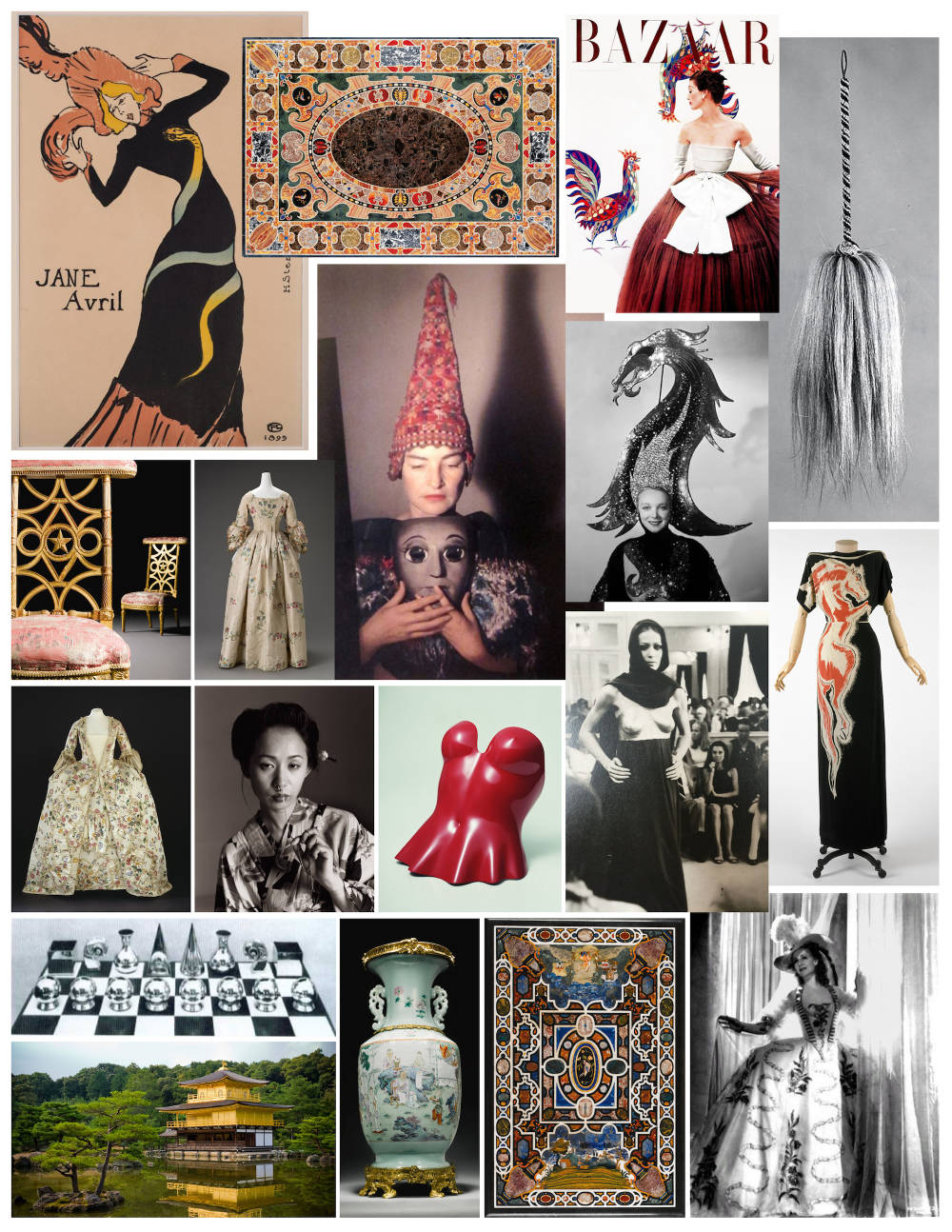
References
- 1
- 2
Man Ray
Juliet, 1950
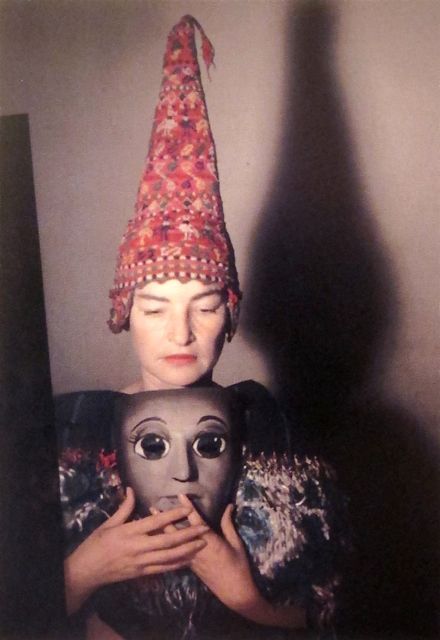
Ceremonial Whisk
Ethiopia, 19th Century

Henri de Toulouse-Lautrec
Jane Avril, 1899

Gilbert Adrian
Costume for The Great Ziegfeld, 1936

Late Renaissance Marble Inlaid Table Top
Roman, Late 16th Century
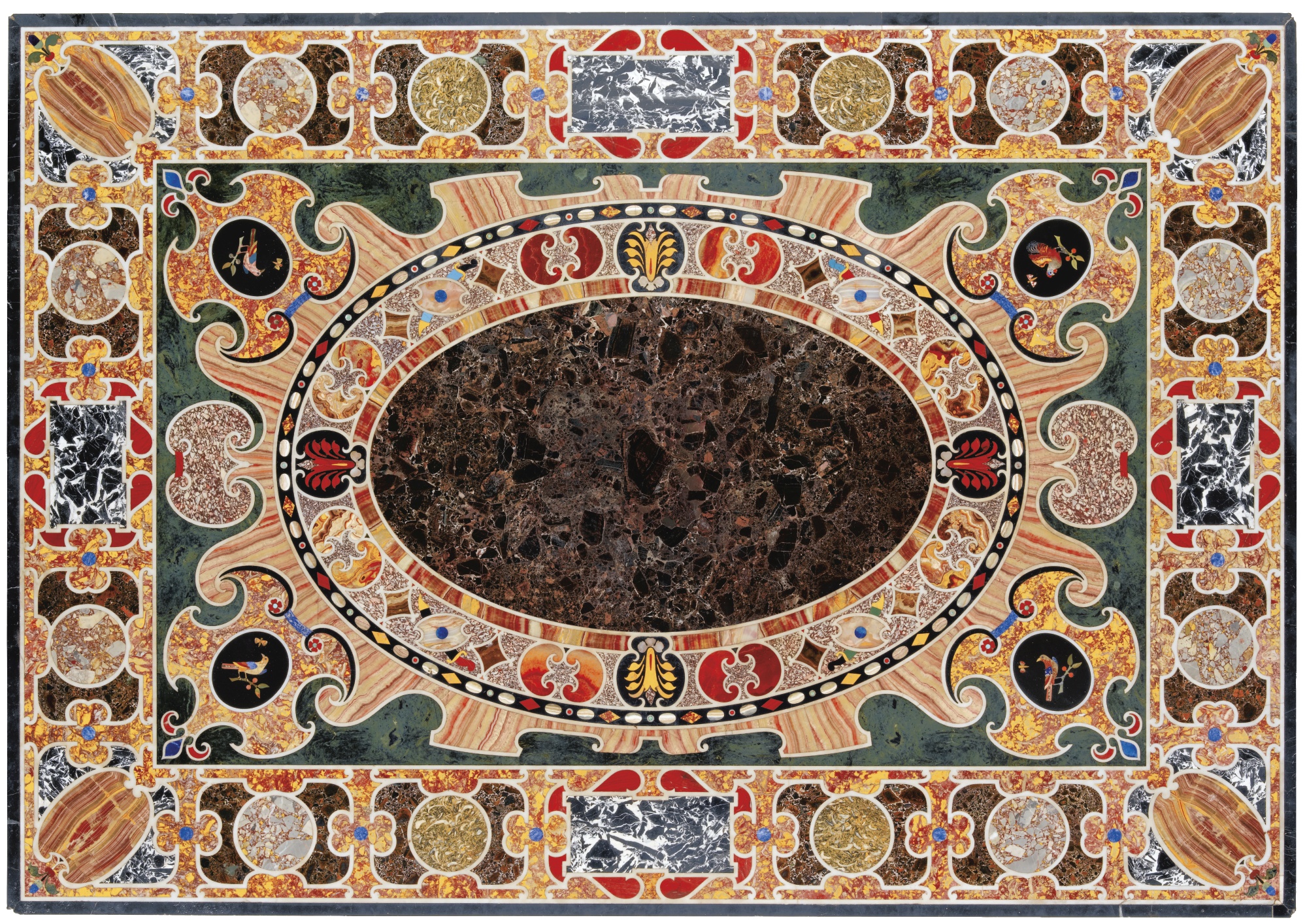
Issey Miyake
Plastic Corset, 1980
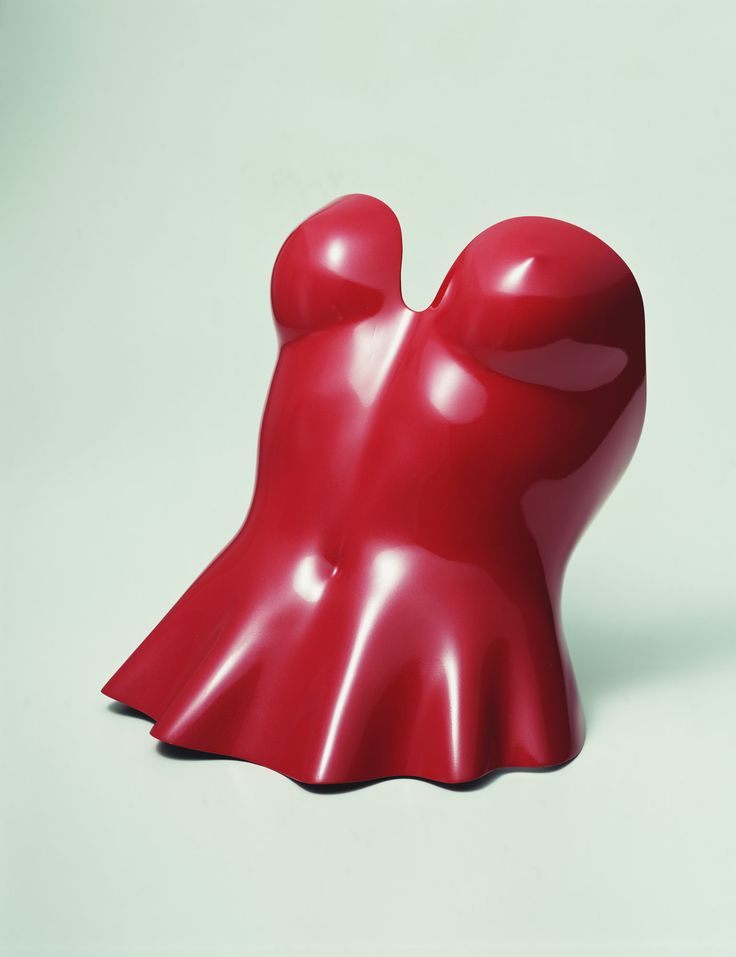
Man Ray
Silver Chess Set, 1926
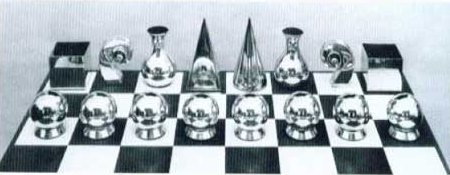
An Italian Inlaid Table Top
Florence, 1620- 1630
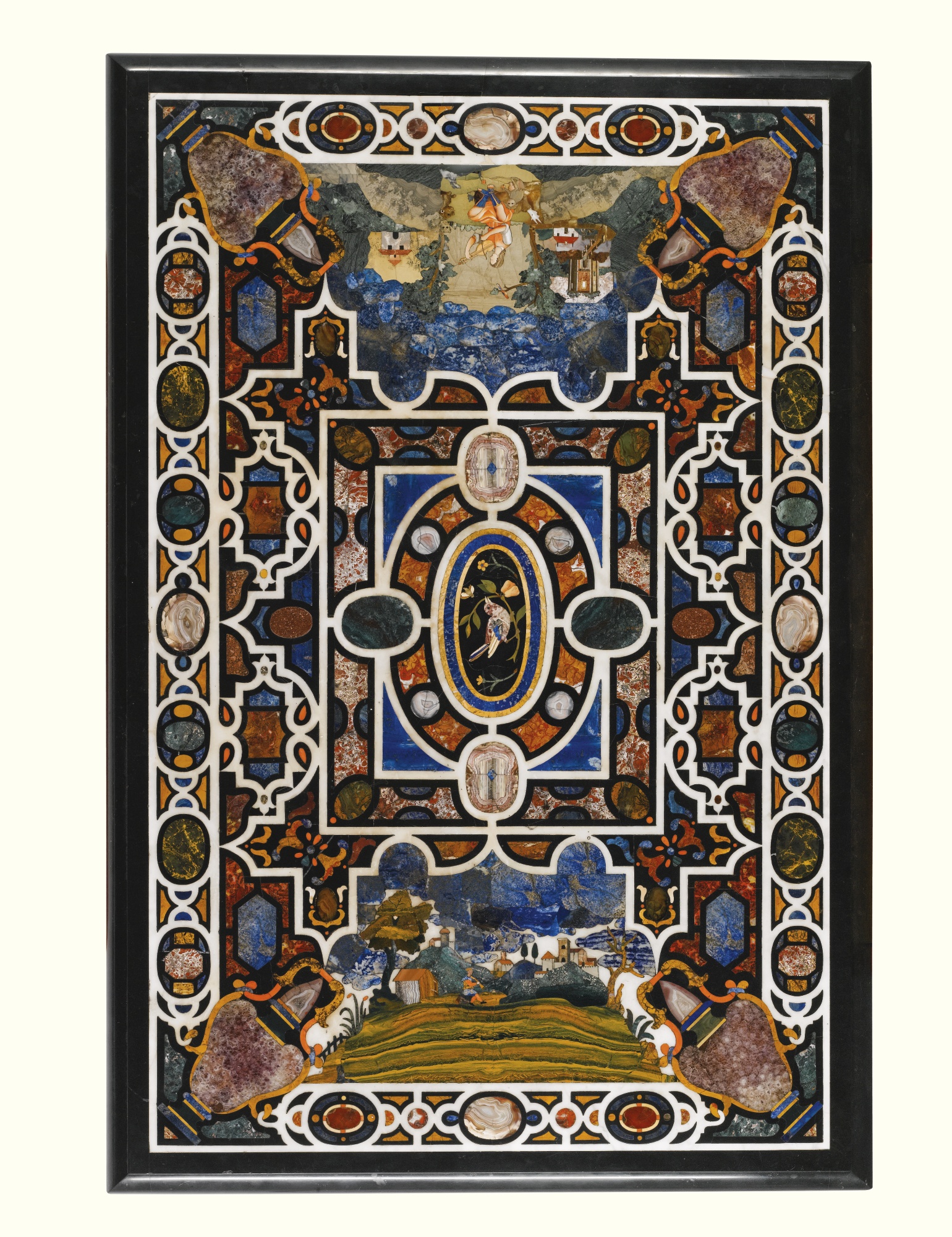
Qing Dynasty
Chinese Porcelain Vase, Mid 18th Century

Gilbert Adrian
Roan Stallion Dress, 1943

Louise Dahl-Wolfe
Harper's Bazaar, December 1951
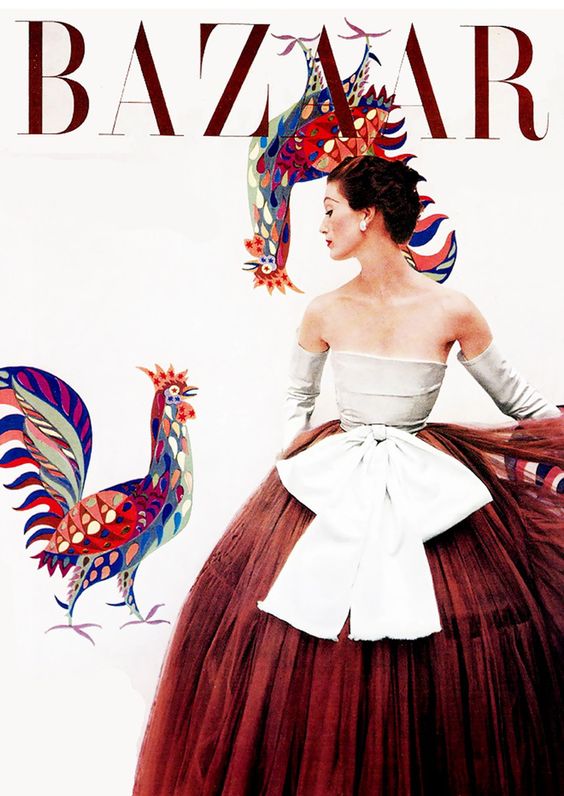
Marie Antoinette
Pink Arrival Gown, 1938
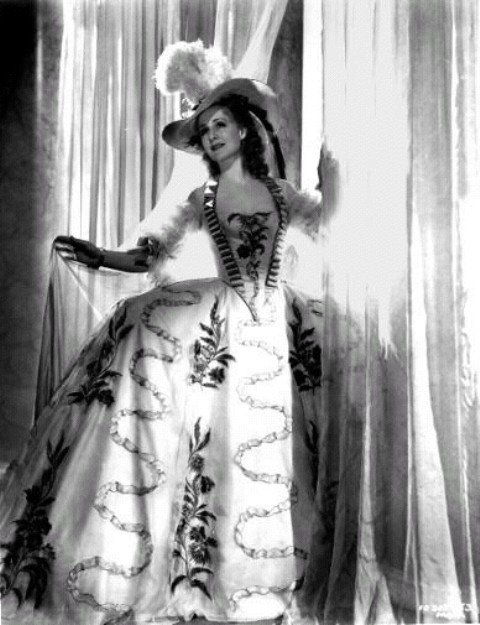
Nobuyoshi Araki
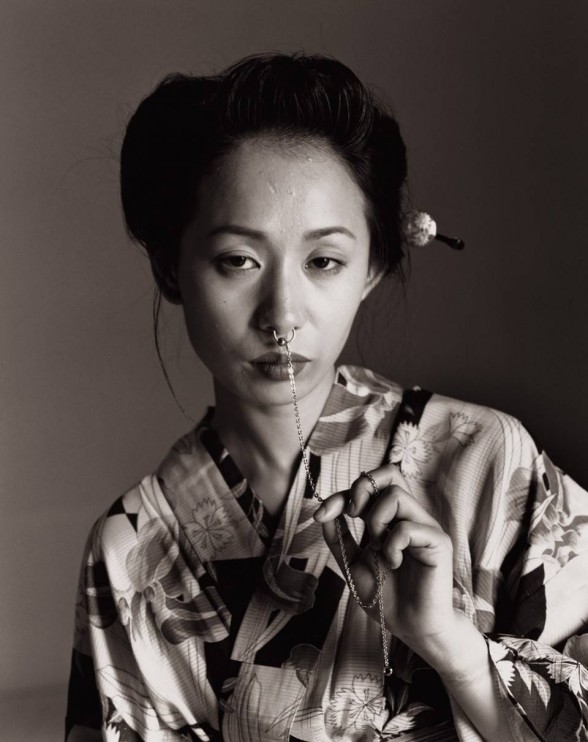
Pair of Royal Carved Giltwood and Gesso Voyeuses
1789
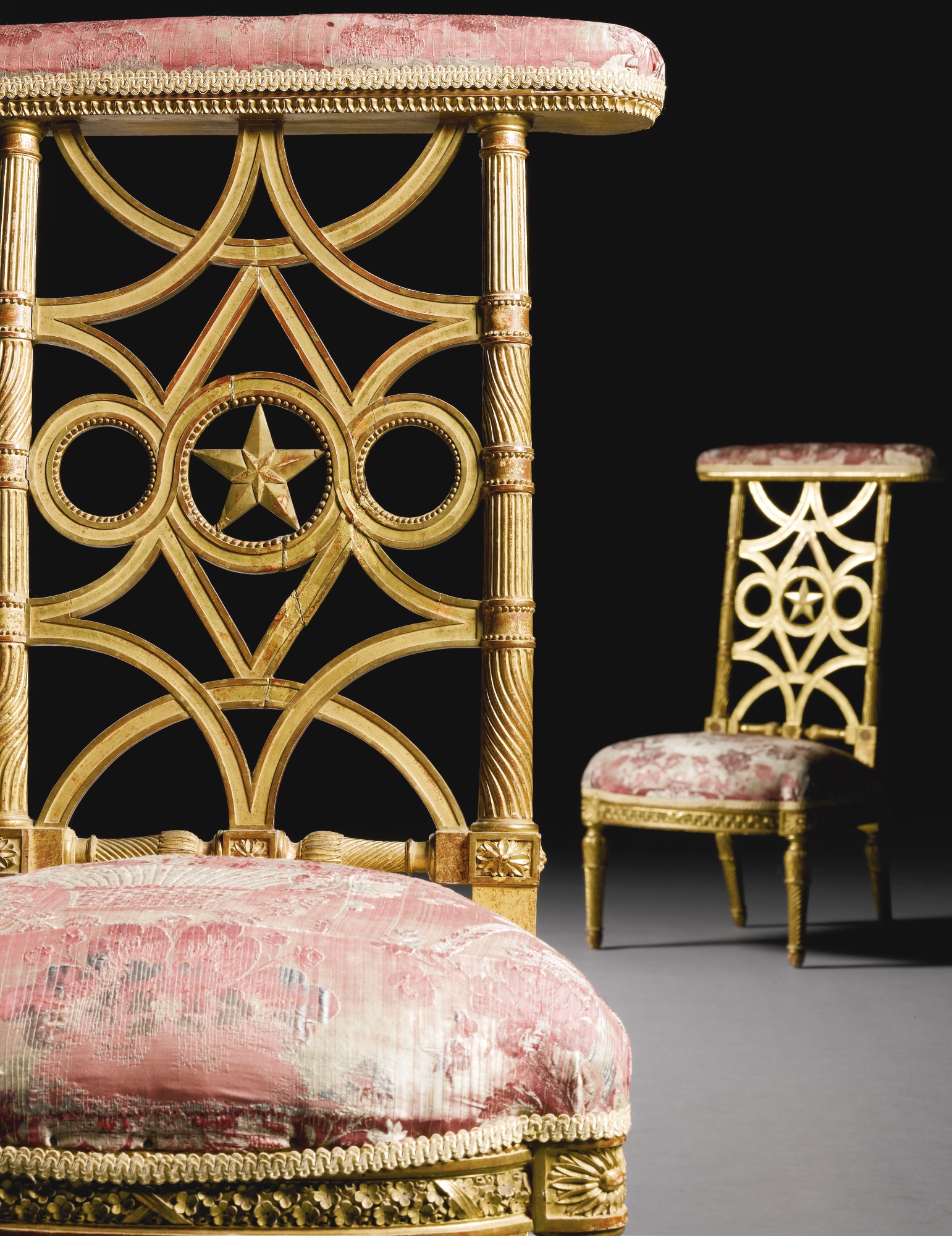
Robe à la Française
1760-1770

Rokuon-ji
Kyoto, Japan, 1397

Silk Brocade Dress
English, 1750

Yves Saint Laurent
Haute Couture Dress, Fall Winter 1969
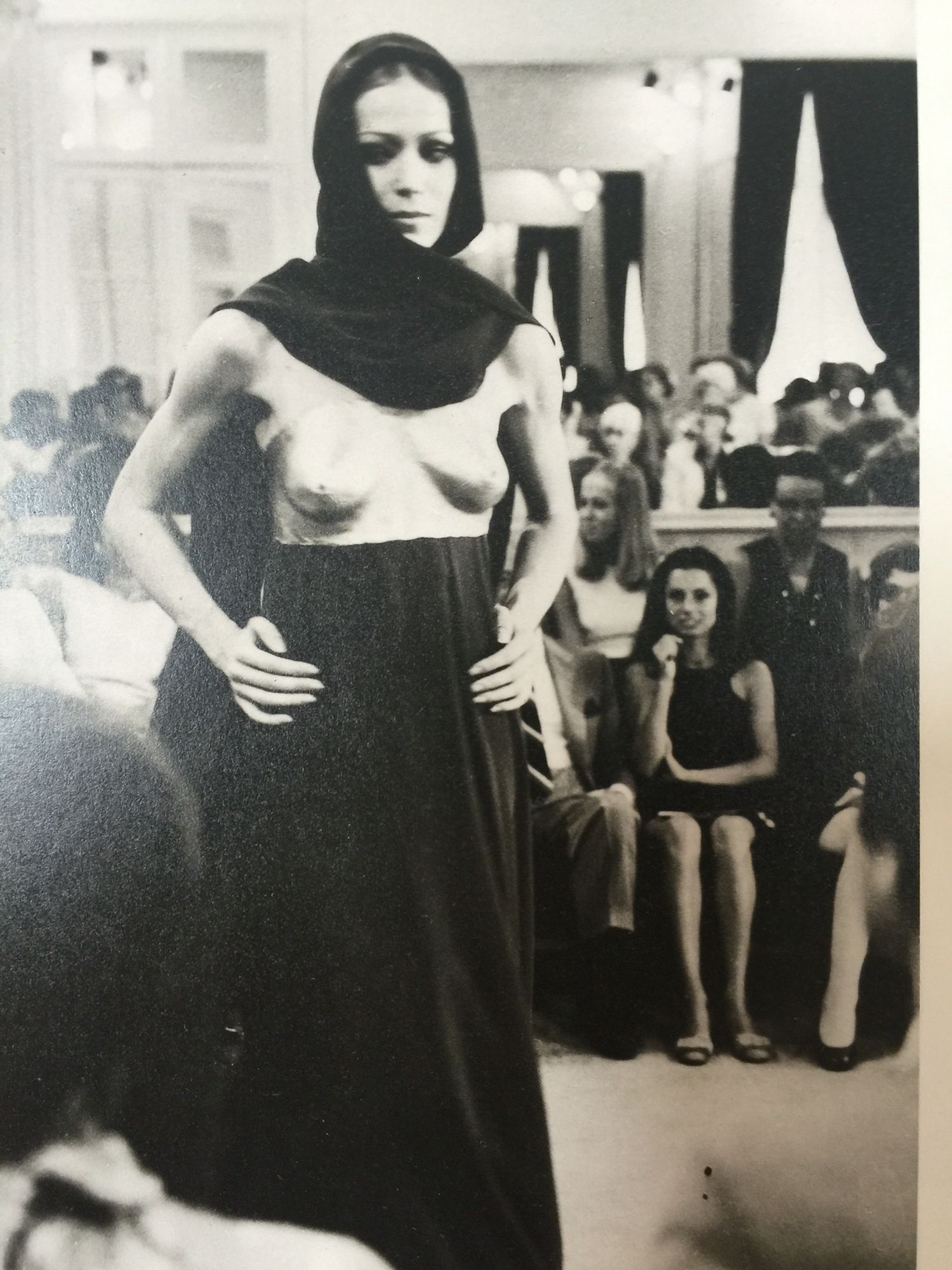
References
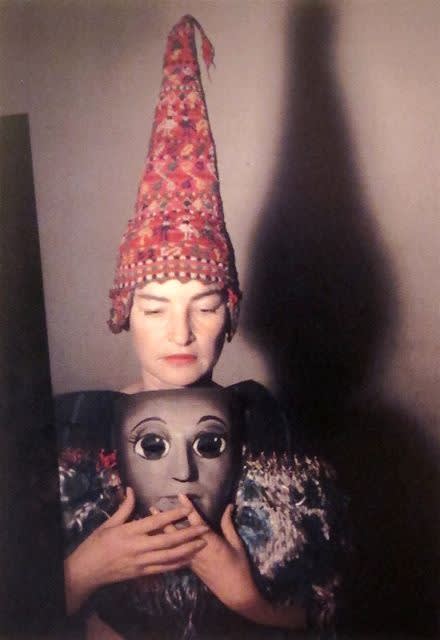
Man Ray
Juliet, 1950
1 of 18
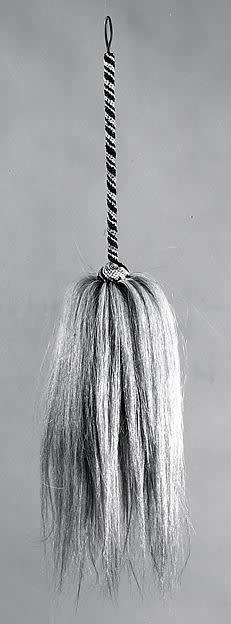
Ceremonial Whisk
Ethiopia, 19th Century
2 of 18
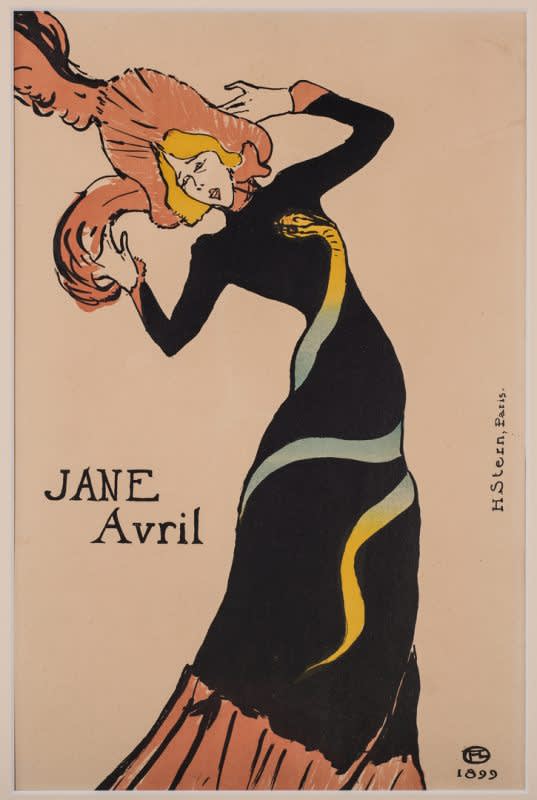
Henri de Toulouse-Lautrec
Jane Avril, 1899
3 of 18
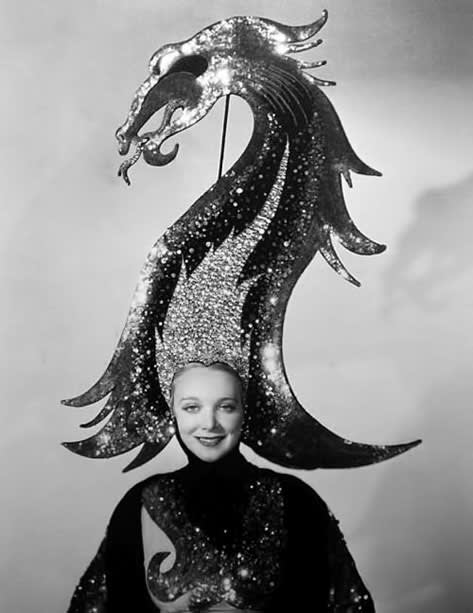
Gilbert Adrian
Costume for The Great Ziegfeld, 1936
4 of 18
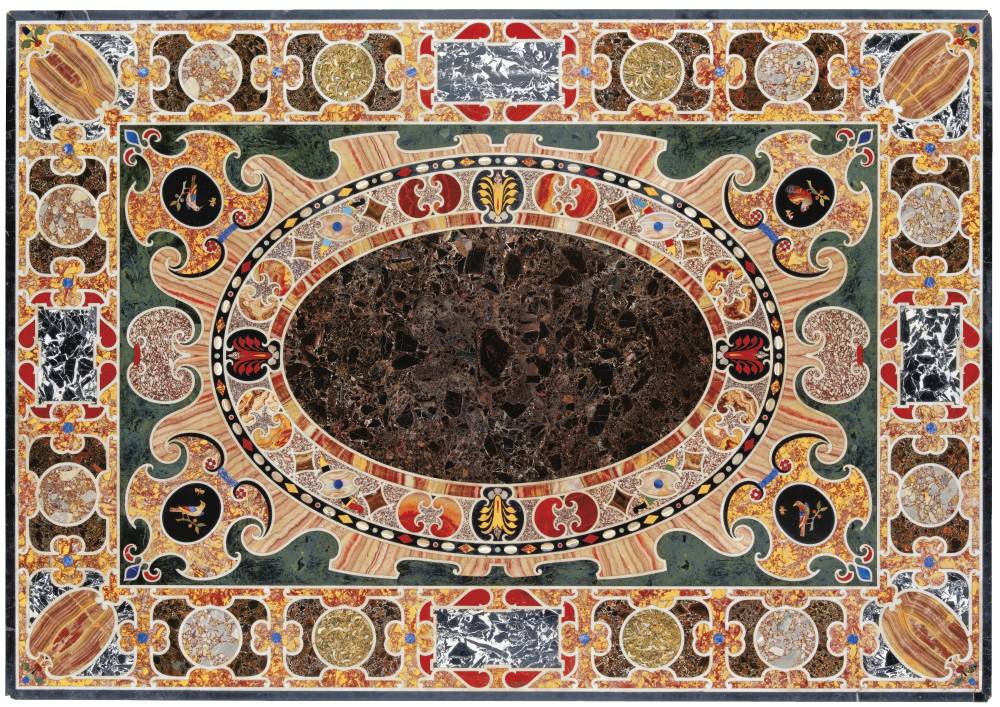
Late Renaissance Marble Inlaid Table Top
Roman, Late 16th Century
5 of 18
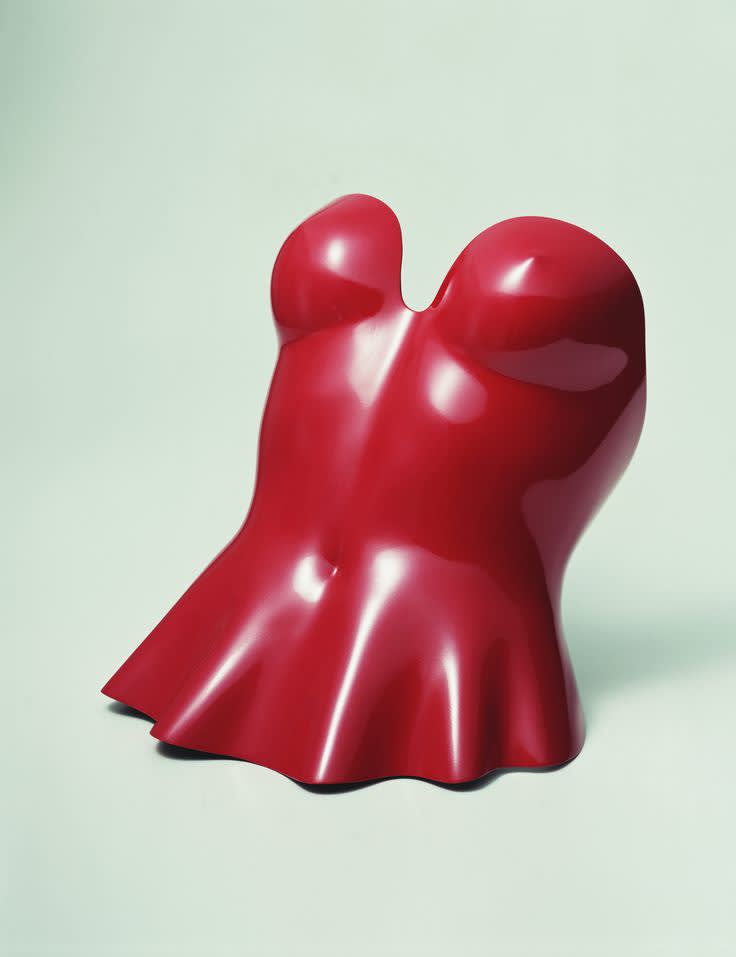
Issey Miyake
Plastic Corset, 1980
6 of 18

Man Ray
Silver Chess Set, 1926
7 of 18
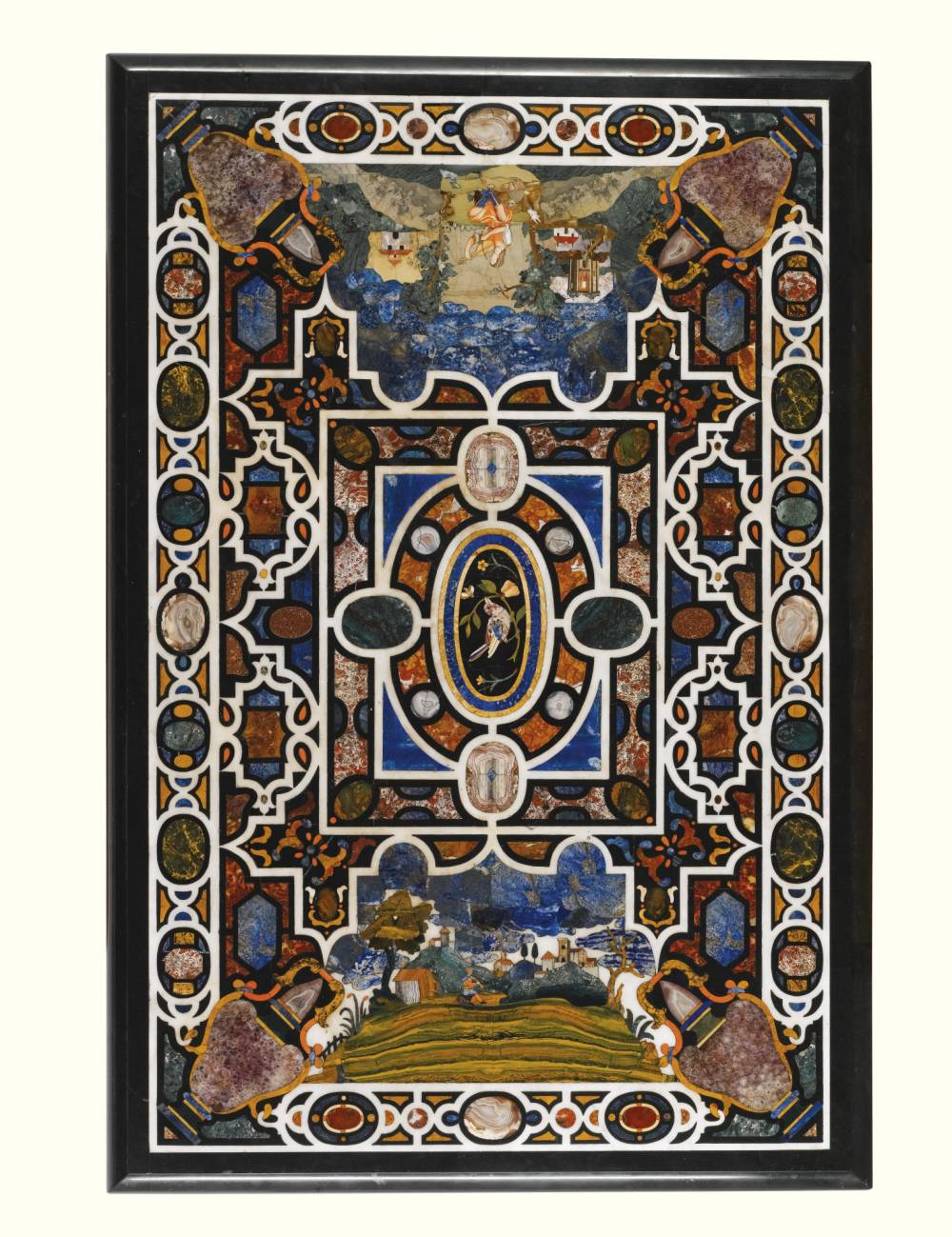
An Italian Inlaid Table Top
Florence, 1620- 1630
8 of 18
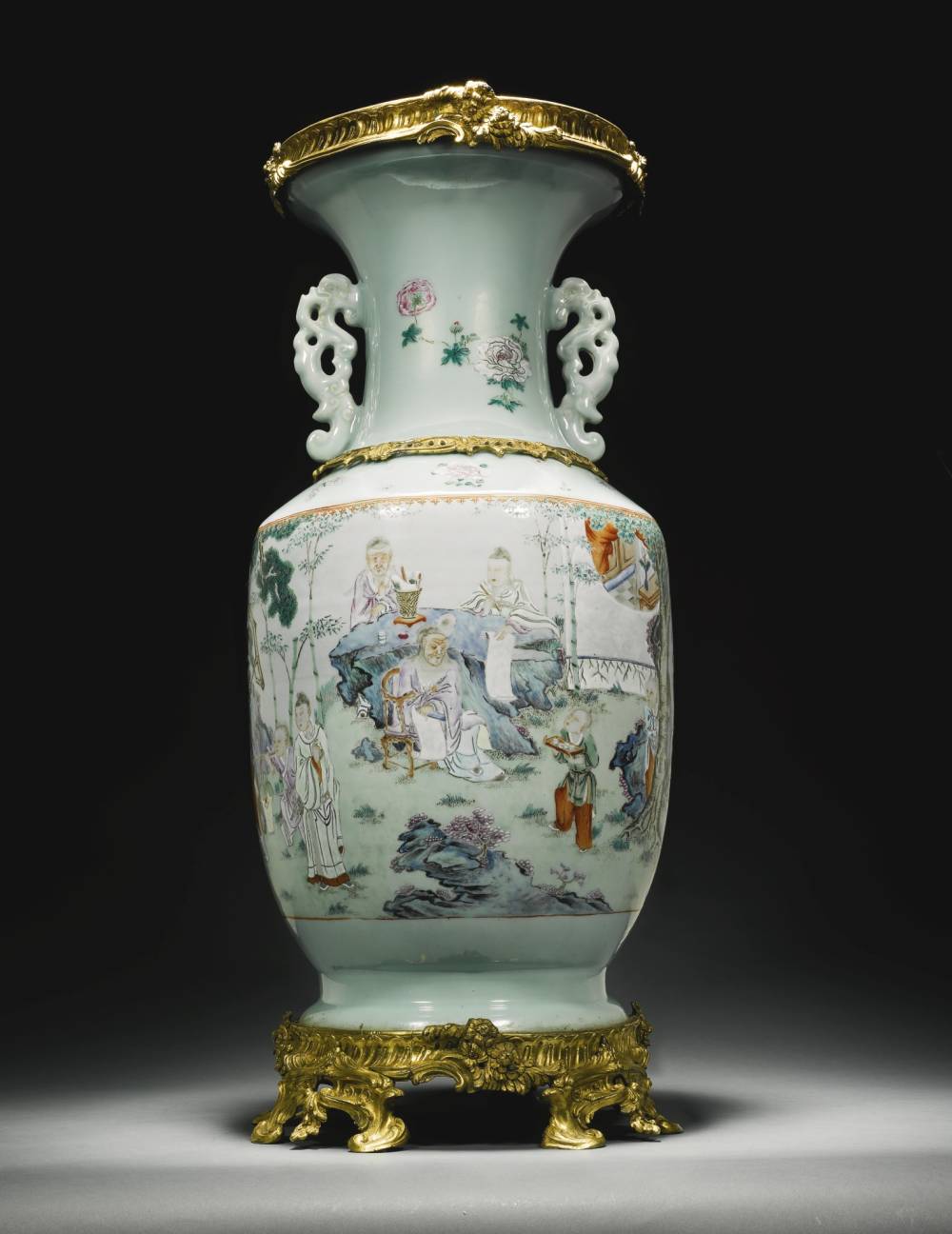
Qing Dynasty
Chinese Porcelain Vase, Mid 18th Century
9 of 18
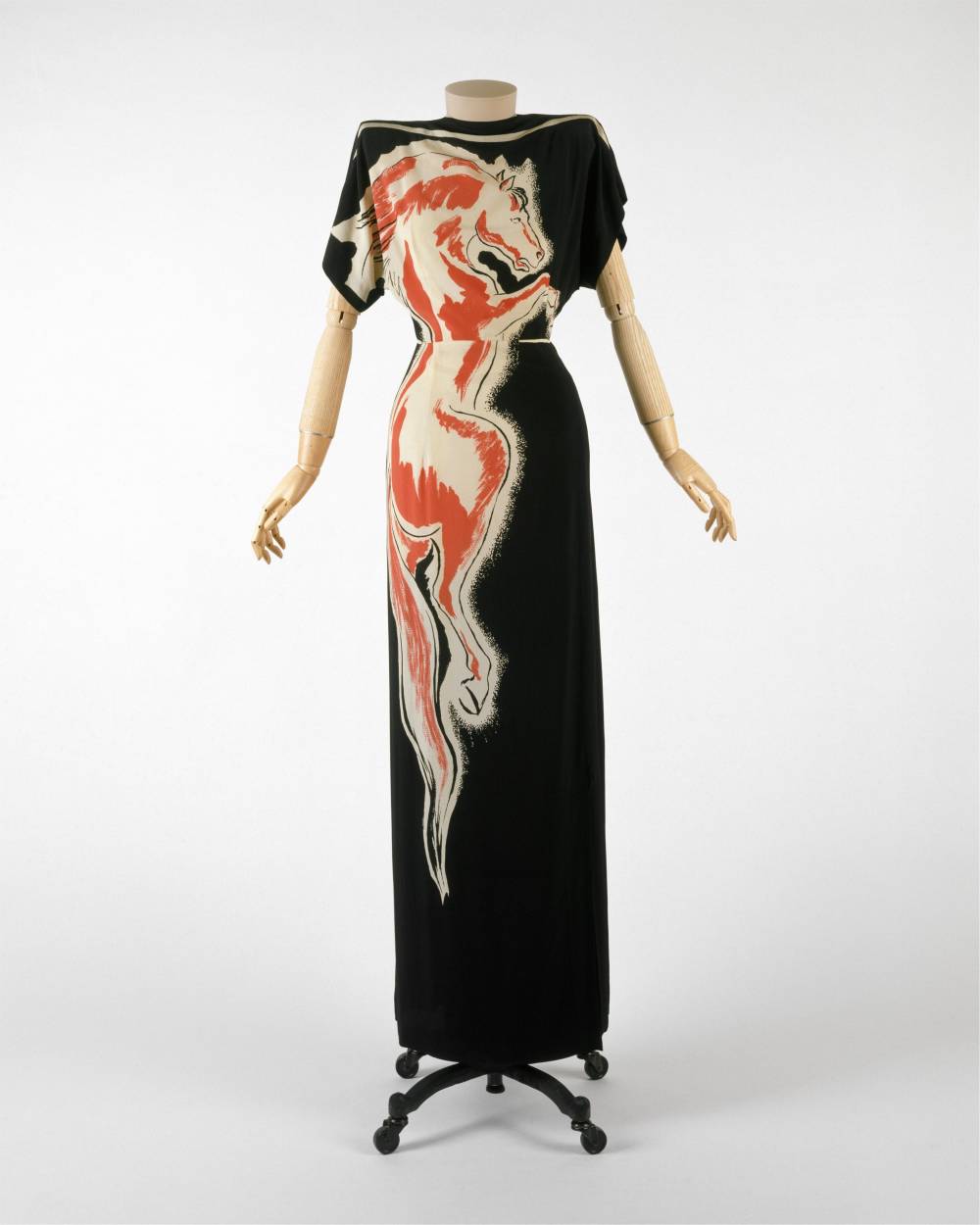
Gilbert Adrian
Roan Stallion Dress, 1943
10 of 18

Louise Dahl-Wolfe
Harper's Bazaar, December 1951
11 of 18
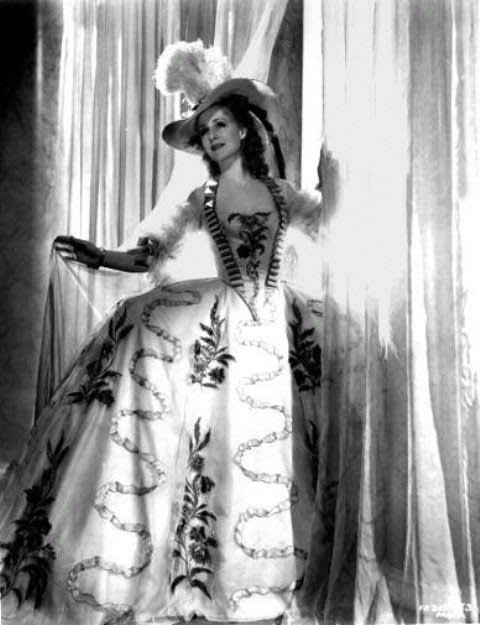
Marie Antoinette
Pink Arrival Gown, 1938
12 of 18
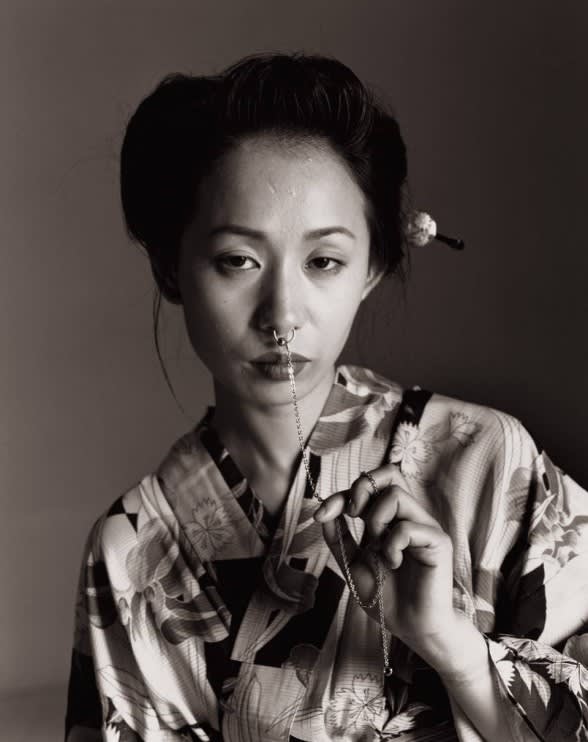
Nobuyoshi Araki
13 of 18
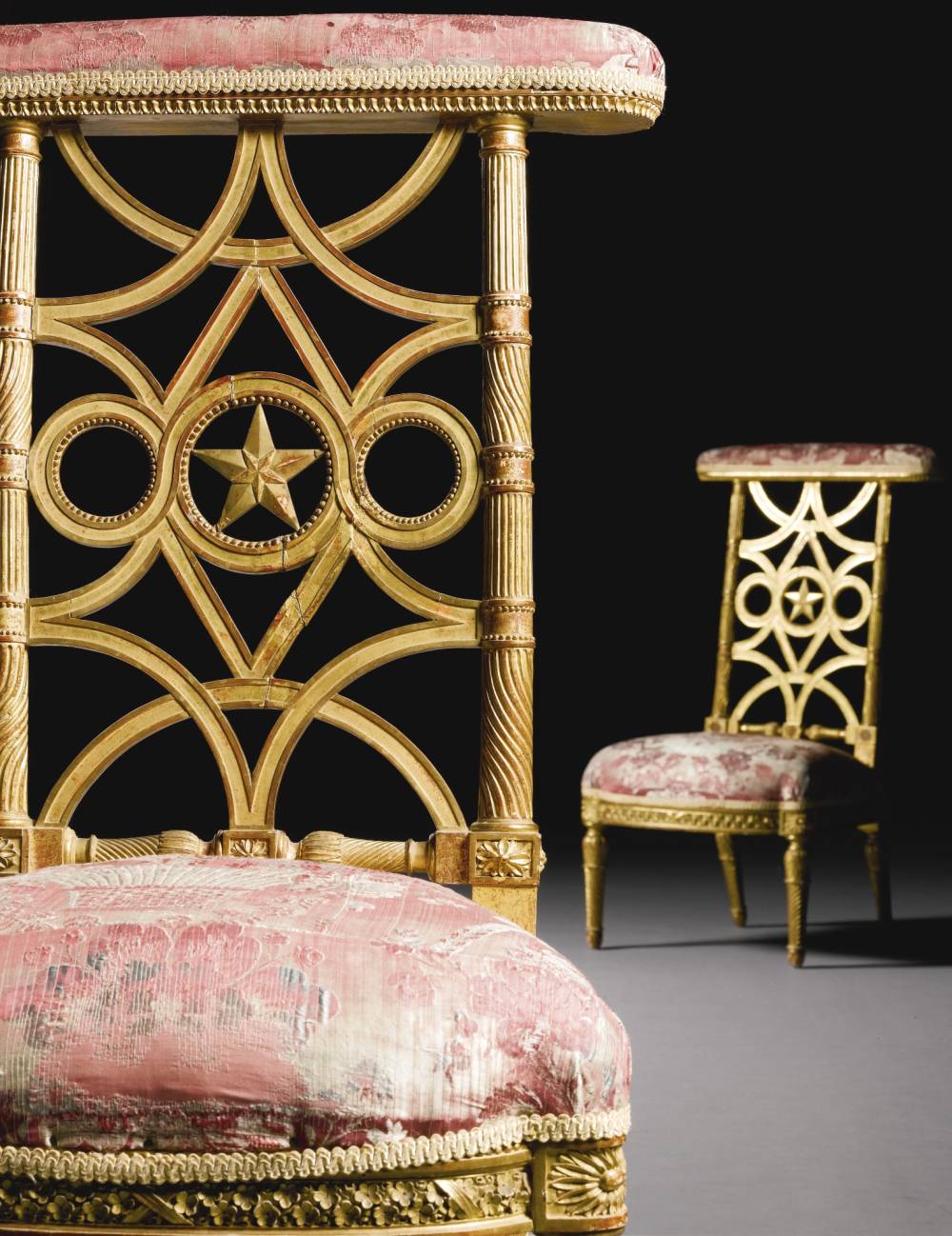
Pair of Royal Carved Giltwood and Gesso Voyeuses
1789
14 of 18

Robe à la Française
1760-1770
15 of 18

Rokuon-ji
Kyoto, Japan, 1397
16 of 18
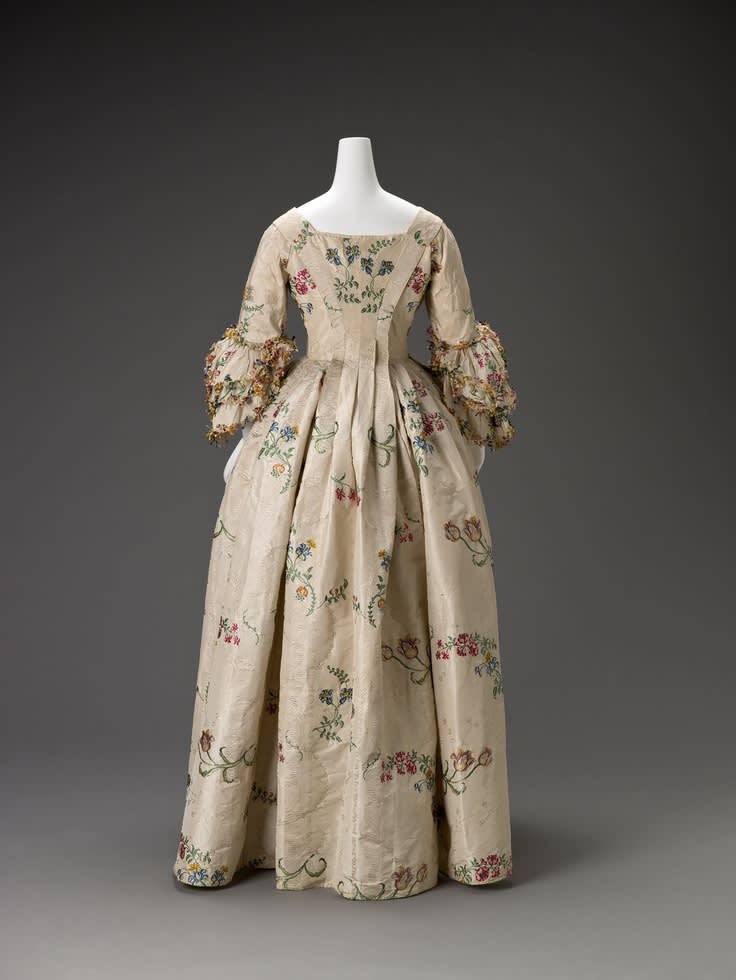
Silk Brocade Dress
English, 1750
17 of 18
